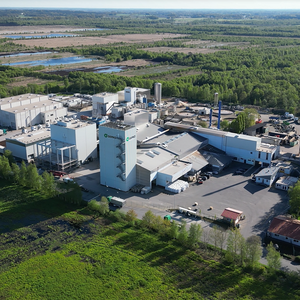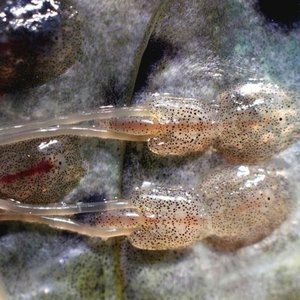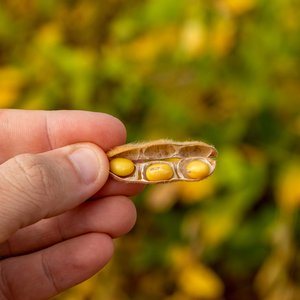A Campbell River-based grass-roots salmon farming group that earlier this year challenged activist claims of collapsing pink salmon stocks and unnatural lice infestations, says those same activists will have some explaining to do if current pink returns continue along the positive trend seen so far this season.
With about 60 percent of this year’s pink salmon runs having arrived so far in BC Central Coast rivers, unofficial estimates from the field are encouraging, says Positive Aquaculture Awareness President Laurie Jensen.
“At this rate, it looks like we’re in the midst of returns that are somewhere between average and high for an off year, and that’s good news - plain and simple,” Jensen said.
David Suzuki and Alexandra Morton, a key beneficiary of Suzuki’s US foundation backers, have stated sea lice from salmon farms in the Broughton Archipelago have caused a collapse of pink salmon returns there.
“In fact, pink salmon return data show an entirely different story,” Jensen said. “In the terminology of salmon research, we’re said to be in the midst of ‘off-year’ returns, which occur every second – or odd-numbered - year. Current data show there are some 85,000 pinks in the Glendale River system, with some 40 per cent still to come. That’s positive news, and it compares favorably to past off-year data,” Jensen said.
Jensen also pointed out that initial data are now showing that salmon returns are generally strong all along the BC coast.
“So, the real question is: Will David Suzuki own up to the fact that he wrongly painted a doomsday scenario that just didn’t materialize? Will he admit he went way too far in his claims of pink salmon collapse, and will he acknowledge that his attempts to blame salmon aquaculture for damaging wild salmon were misguided and unfair? Frankly, I doubt it.”
As to Suzuki’s discredited theory that salmon farms have caused sea lice infestations in pink salmon that in turn have resulted in the collapse of pink stocks, Jensen pointed to a recent study in the European Journal of Fish Pathology that stated in connection with the Scottish experience “it would appear.[..].that the abundance of lice on wild fish is not directly related to that on the neighbouring farm. Any relationship observed within the data is not a significant factor in the occurrence of sea lice on wild fish.”
The historical data for pink salmon returns in the Broughton Archipelago can be seen at http://www.greenspirit.com/pinksalmon/
For more information: www.farmfreshsalmon.org










